Guest Post: Jessica Fontaine Reviews Barbara Stok’s Vincent
Jessica Fontaine is the Graduate Research Assistant for Project Graphic Bio. Over the next few months, she will be posting reviews of some of the books in the project.
Swirling Paints and Panels: A Review of Barbara Stok’s Vincent
Dutch comics artist Barbara Stok turns her attention to the life of Vincent Van Gogh in the 2014 graphic biography, Vincent. Stok has won the Stripschapprijs, the Netherlands’ highest comics award, for her collected works of mostly autobiographical comics. Published as part of the Art Masters series, first in Dutch in 2012 and then in English in 2014 by Self Made Hero, Vincent explores the artist’s most prolific years spent in Arles, Saint-Rémy and Auvers-sur-Oise before his death in 1890. To picture Van Gogh, Stok employs the public’s awareness of Van Gogh’s paintings and his posthumous celebrity. She recreates many of his iconic works, including Sunflowers and Starry Night, as well as the infamous moment in which Van Gogh cuts off his own ear, all in her trademark style.
Although her use of simple cartoonish figures and uncomplicated backgrounds stands in stark contrast to some of the more explicit aspects of Van Gogh’s life (sex, violence, and absinthe), her rich colour choices and pronounced outlines speak to Van Gogh’s work. Stok's varied cartoons of Van Gogh’s images, which she uses as settings, abstract backgrounds, characters’ canvases, and icons, explore the ways in which the artist’s world, life, and psyche are often viewed through his artwork.
Vincent, like many biographies, seeks to dive through the public image and provide an intimate look at the man behind the fame and legend. Stok frames Van Gogh’s narrative within his close relationship to his brother, Theo, an art dealer, patron, and ultimately Van Gogh’s first fan. Using the brothers’ letters to each other, Stok develops the comic’s personal dialogue and narration, and fleshes out an understanding of Van Gogh’s passions, aesthetic visions, and artistic philosophies.
Van Gogh is a fervent idealist, whose obsessive dreams of shared studios and authentic art repel others, including his friend and fellow artist, Gaugin, who visits him in Arles. Stok links Van Gogh’s isolating drive to both Van Gogh’s lack of success during his lifetime and to the enduring myth that he (and his art) was ahead of his time. It is only Theo who consistently stands by Van Gogh, continually noting his brother’s burgeoning artistic genius, while fearing that Vincent’s drive will drive him mad.
Stok explores and critiques the pairing of genius and madness. Just as Van Gogh’s legacy of saturated colours and tactile brush strokes inform the construction of Stok’s panels, so does the legend of his madness and suicide. Swirls, streaks, and dots in the backgrounds of panels recall Van Gogh’s brush technique and link his creative choices to the mental illness he experienced. These representative brush strokes transform from a few dots around Vincent’s head to filling entire panels during depictions of Van Gogh’s greatest emotional turmoil. They parallel how anxieties over selling his paintings, paying back his brother, and the need to work swirl in his mind throughout the text.
At the point where Van Gogh comes to cut off his own ear, these swirls replace his dot eyes, recalling modern depictions of the hypnotic. Van Gogh is not in control of his own mind. A following panel displays dots and blobs resembling both a painter’s palette and a bacteria culture, suggesting sickness infecting and overcoming Van Gogh’s art. Stok’s panels break apart at jagged angels, disrupting the narrative flow. Her sequence challenges popular Van Gogh narratives of his mental illness as the root and inspiration of his genius, while acknowledging that mental anguish both coloured his world and interpretations of it.
The narrative takes a contemplative shift from this moment, which occurs just past half way through the comic. As Van Gogh paints from the asylum in Saint-Rémy and then in Auvers-sur-Oise, his thoughts and paintings fall towards the fleeting nature of life and a person’s legacy. Stok’s introduction of wheat fields, yellowed and ready for harvesting, signal the nearing of Van Gogh’s death. Yet, Stok does not draw Van Gogh’s suicide. The violent act of putting a gun to his chest is thoughtfully absent. Instead he slips away while painting Wheatfields with Crows on the final pages of the comic, disappearing into Stok’s rendering of the same landscape until all that remains is the image.
No sense is made here of Van Gogh’s suicide or mental illness. However, it illustrates the complicated ways his iconic, obsessive, artistic “madness” is understood simultaneously as a catalyst and the ultimate obstruction to his talent. This three-panel sequence attests that while Van Gogh, the brother and the man, disappears, the constructions (and reconstructions) of his art and his image as the artist survive.
For more on Van Gogh:
This animated TedEd by Natalya St. Clair explains "The Unexpected Math Behind Van Gogh's "Starry Night"
A recent pop culture portrayal of Van Gogh appears in the UK tv series, Doctor Who (S5Ep10 "Vincent and the Doctor"). In an emotional scene, the Doctor and Amy take Van Gogh to an art gallery in 2010 to see the success of his paintings.


